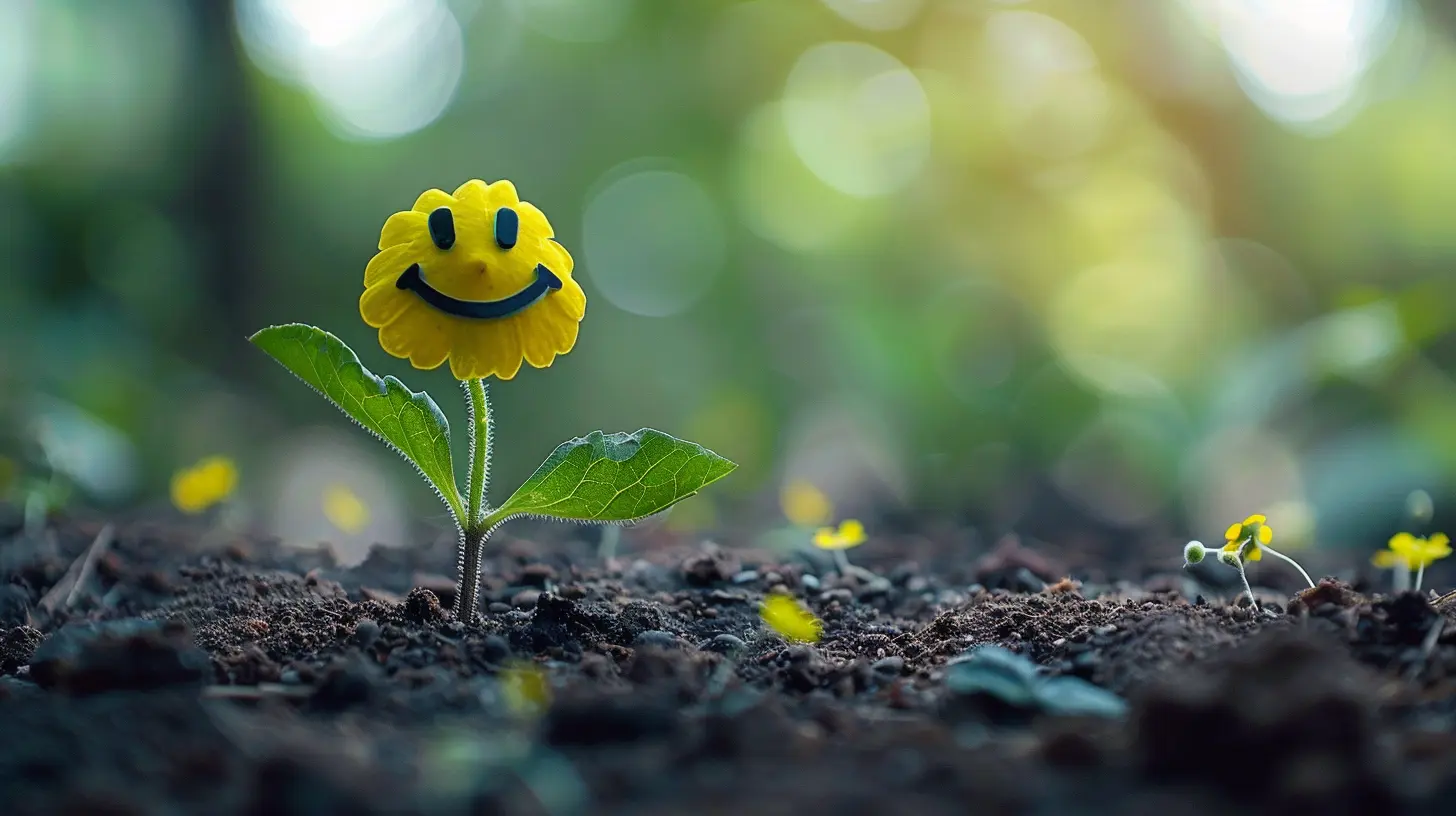The Psychology of Hope: How to Stay Optimistic in Tough Times
12 September 2025
Life isn’t always sunshine and rainbows. Some days feel like trudging through a storm with no umbrella in sight. The weight of hardships, setbacks, and uncertainty can feel overwhelming. But even in the darkest nights, a flicker of hope can illuminate the way forward.
Hope isn’t just wishful thinking—it’s fuel for the soul, a psychological anchor that keeps us from sinking. But what exactly is hope? How does it shape our mindset, and most importantly, how can we cultivate it when things seem hopeless?
Let’s embark on a journey into the psychology of hope and discover how to stay optimistic, even when life throws its worst at us. 
What Is Hope? The Science Behind the Feeling
Hope is more than just a fleeting emotion—it’s a cognitive process. Psychologist C.R. Snyder, known for his work on hope theory, defined hope as the belief that we can find pathways to our goals and stay motivated to reach them.Hope has two key components:
1. Pathways Thinking – The ability to see multiple ways to achieve a goal, even when obstacles arise.
2. Agency Thinking – The belief that we have the power and motivation to make those pathways a reality.
Essentially, hope is the voice inside us that says, “It won’t be easy, but I’ll find a way.” It’s what keeps us moving forward, even when the journey is rough. 
Why Hope Matters in Tough Times
When life gets hard, it’s easy to spiral into negativity. But hope serves as a buffer against despair. Studies have shown that people with high levels of hope experience:✅ Lower stress levels
✅ Greater emotional resilience
✅ Better problem-solving skills
✅ Improved mental and physical health
Hope acts as an internal compass, guiding us through uncertainty. It gives us the strength to keep going, even when we don’t have all the answers. 
How to Stay Optimistic When Life Feels Overwhelming
1. Reframe Negative Thoughts
Our thoughts shape our reality. If we constantly dwell on worst-case scenarios, hopelessness takes root. Instead, practice cognitive reframing—a psychological technique that shifts negative perspectives into constructive ones.🔹 Instead of thinking, “I’ll never get through this,” try “This is hard, but I’ve overcome difficulties before.”
🔹 Instead of “There’s no way out,” remind yourself, “I haven’t found the solution yet, but I will.”
Your brain believes what you repeatedly tell it. Train it to see possibilities, even in difficult situations.
2. Focus on What You Can Control
Not everything is within our grasp. The economy, other people’s actions, unforeseen events—these things are beyond our control. But what we can control is our response.🔹 Make a list of things you can change and take small steps toward solutions.
🔹 Let go of what’s outside your power—worrying about uncontrollable factors only drains energy.
By shifting focus from problems to solutions, hope naturally follows.
3. Surround Yourself with Positive Influences
Hope thrives in the right environment. If you’re constantly surrounded by negativity, it’s hard to stay optimistic.🔹 Limit exposure to negativity—whether it’s toxic news, pessimistic people, or self-doubt.
🔹 Seek out uplifting connections—friends, mentors, books, or even online communities that inspire hope.
Optimism is contagious. The more you surround yourself with hopeful people, the easier it becomes to maintain hope yourself.
4. Practice Gratitude Daily
Gratitude is a simple yet powerful tool. It rewires the brain to focus on what’s good rather than what’s lacking. Studies show that people who practice gratitude experience higher levels of happiness and emotional resilience.Try this:
💡 Every night, write down three things you’re grateful for. They don’t have to be big—small joys count too. A good cup of coffee, a message from a friend, a bright sunset.
Over time, this habit shifts your mindset from despair to appreciation, reinforcing hope in everyday life.
5. Set Small, Achievable Goals
One of the biggest killers of hope is feeling stuck. If life feels overwhelming, break it down into tiny, manageable steps.🔹 Instead of saying, “I need to fix everything,” focus on “What’s one small thing I can do today?”
🔹 Celebrate progress, no matter how small—it keeps motivation alive.
Success, even in tiny doses, builds confidence and reinforces the belief that things can improve.
6. Use Visualization to Strengthen Hope
Your mind is a powerful tool. When you visualize positive outcomes, your brain treats them as real experiences, reinforcing hope.Try this:
🔹 Close your eyes and picture a future where things have worked out. Imagine the details—how it feels, what it looks like, the emotions involved.
🔹 Do this regularly to create a mental blueprint of success.
Visualization isn’t magic—but it does rewire your mindset, helping you stay motivated to turn hope into reality.
7. Accept Imperfection and Uncertainty
Let’s be real—life is messy, unpredictable, and often unfair. But resisting uncertainty only creates frustration.Instead, practice radical acceptance—the psychological concept of embracing reality as it is, without resistance.
🔹 Accept that setbacks happen—but they don’t define you.
🔹 Recognize that uncertainty is part of life—but so is adaptability.
Hope doesn’t mean denying challenges. It means believing in the possibility of better days, even amidst chaos. 
The Role of Self-Compassion in Hope
Many of us are kinder to others than we are to ourselves. When we fail, struggle, or feel lost, we become our harshest critics.But self-compassion fuels hope. Instead of beating yourself up, try:
💙 Speaking to yourself as you would a friend—in a supportive, understanding tone.
💙 Recognizing that struggles are part of being human—you’re not alone in this.
💙 Giving yourself grace—progress isn’t linear, and setbacks don’t erase growth.
When you treat yourself with kindness, hope flourishes naturally.
Final Thoughts: The Light at the End of the Tunnel
Hope isn’t about ignoring reality—it’s about facing it with resilience. It’s what turns “I can’t” into “I’ll try.” It’s the courage to believe in brighter days, even when the night seems endless.And no matter how tough things get, remember this: storms pass, wounds heal, and hope? Hope always finds a way to rise.
So hold onto it tightly. Because even in the darkest moments, a sliver of hope is enough to light the way forward.
all images in this post were generated using AI tools
Category:
Self HelpAuthor:

Matilda Whitley
Discussion
rate this article
1 comments
Harlow Lewis
Embrace hope like a warm hug—it brightens even the darkest days!
September 16, 2025 at 3:32 AM

Matilda Whitley
Thank you! Hope truly is a powerful force that can lighten our burdens and inspire resilience.


